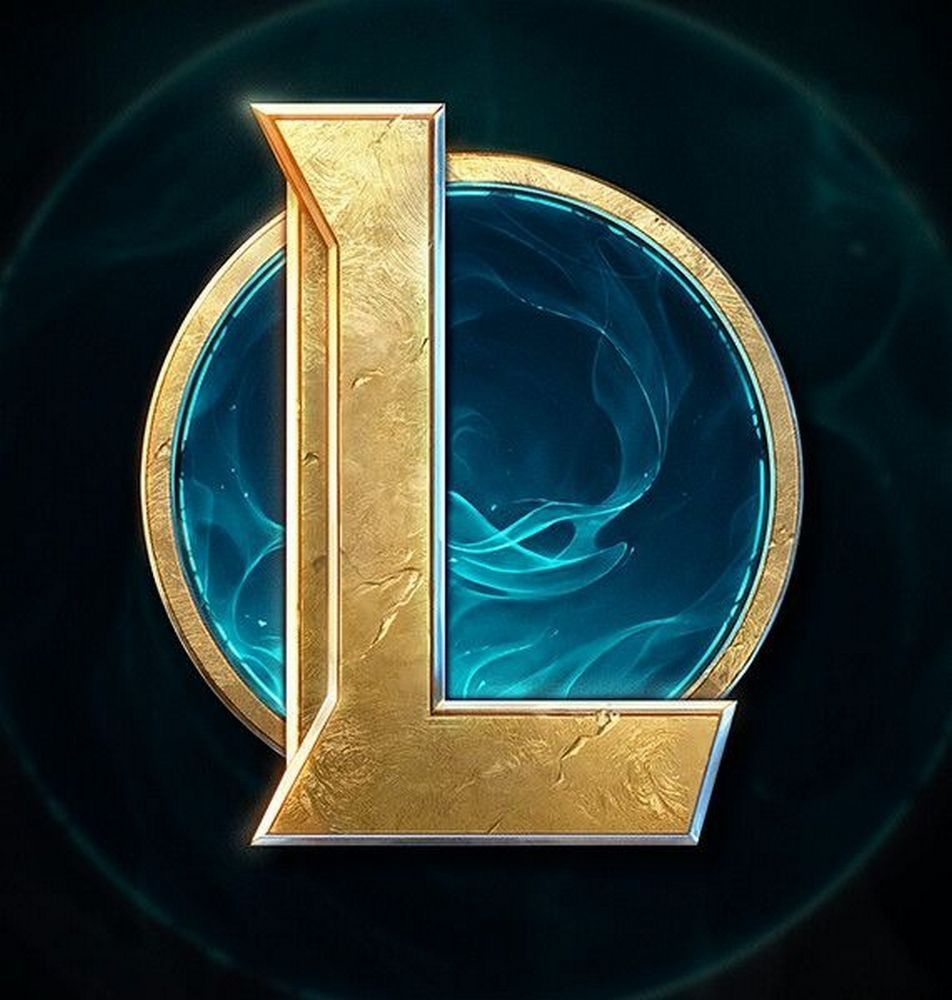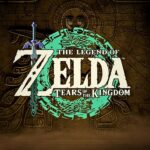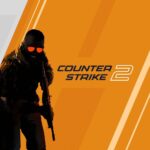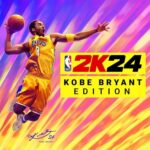
League of Legends
All trademarks belong to their respective owners.Popular Now
 Free Fire Max
Free Fire Max
 The Legend of Zelda
The Legend of Zelda
 Roblox
Roblox
 Black Myth: Wukong
Black Myth: Wukong
 Counter-Strike 2
Counter-Strike 2
 Valorant
Valorant
 PUBG Mobile
PUBG Mobile
 NBA 2K24
NBA 2K24
 BeamNG.drive
BeamNG.drive
 Geometry Dash
Geometry Dash
The Item Shop: League of Legends’ Evolving Arsenal of Strategic Choices
Beyond individual champion abilities and mechanical prowess, League of Legends’ strategic depth is profoundly shaped by its intricate and ever-evolving item system. The Item Shop is far more than a mere storefront; it’s a dynamic arsenal where every purchase represents a critical strategic choice, dictating power spikes, build paths, and the very effectiveness of a champion’s kit. Riot Games’ continuous iteration on the item system, introducing new items, reworks, and legendary effects, ensures that players are constantly adapting their builds to the prevailing meta, enemy compositions, and in-game situations, transforming every trip back to base into a vital tactical decision that can turn the tide of a game.
The Layers of the Item System: From Gold to Power
The item system is structured to provide clear progression and diverse choices.
- Starting Items: The very first purchase sets the tone for the early laning phase, offering small buffs that impact sustain, damage, or utility (e.g., Doran’s Blade for AD Carries, Doran’s Ring for mages, Tear of the Goddess for mana-hungry champions).
- Component Items: The vast majority of items are built from smaller, cheaper component items. This allows players to gain incremental power spikes throughout the game, rather than having to save up for one large purchase. It also provides flexibility, allowing players to adapt their build path based on their current gold and immediate needs.
- Legendary Items: These are the core power items that define a champion’s build. They offer significant stats and powerful unique passives or actives that are crucial for a champion’s effectiveness in combat, utility, or pushing power.
- Mythic Items (Seasonal Mechanic): Introduced in a recent major overhaul, Mythic Items served as the cornerstone of every champion’s build. Each champion could only purchase one Mythic Item per game, and these items offered powerful “Mythic Passives” that granted additional stats to other Legendary Items, forcing players to make a single, high-impact choice that shaped their entire build strategy. While the Mythic system has since been retired in Season 14, its impact on strategic choice and build path definition was profound for several seasons.
- Situational Items: Beyond core builds, League features a plethora of situational items designed to counter specific enemy threats or to enhance specific team compositions. This includes anti-healing items (Grievous Wounds), armor penetration, magic penetration, defensive items for specific damage types (e.g., Randuin’s Omen vs. critical strike, Spirit Visage vs. magic damage), and vision utility items.
Strategic Choices: Adapting to the Flow of the Game
The Item Shop empowers players to make crucial strategic decisions that impact every phase of the game.
- Adapting to Matchups: A player’s initial build can be adjusted based on their lane opponent. Building early armor against an AD threat or magic resist against an AP threat can significantly impact the laning phase outcome.
- Responding to Enemy Team Composition: As the game progresses, players must constantly assess the enemy team’s damage types, crowd control, and strengths. Building appropriate defensive items (e.g., Guardian Angel for survivability, Quicksilver Sash to remove crowd control) is critical for maximizing survivability and effectiveness in team fights.
- Power Spikes: Different items offer different power spikes – moments when a champion gains a significant boost in strength. Understanding these spikes for both your own champion and enemy champions allows for calculated aggression or cautious play.
- Gold Efficiency: Players learn to prioritize items that offer the most gold efficiency (stats per gold spent) or those that provide the most immediate impact for their current situation.
- Synergy with Champion Kits: The most effective builds involve items that synergize strongly with a champion’s abilities and playstyle. An ability-reliant champion will prioritize ability haste and mana, while a basic attack-reliant champion will seek attack speed and critical strike.
- Role-Specific Itemization: Each role has its own distinct itemization needs. Supports focus on utility, vision, and aura items. Tanks prioritize health, resistances, and crowd control items. Carries prioritize damage and scaling.
The Item Reworks: Keeping the Meta Fresh
Riot’s willingness to fundamentally rework the item system is a testament to its commitment to long-term engagement.
- Preventing Stagnation: Without significant item reworks, the game’s meta could become stale, with optimal builds remaining unchanged for long periods. Reworks inject new life into the game, forcing players to re-learn, experiment, and discover new optimal strategies.
- Addressing Power Creep and Balance: Item reworks allow Riot to address issues like power creep (where champions become too strong over time) or to rebalance entire classes of items, ensuring a healthier competitive environment.
- Promoting Build Diversity: The goal of many item changes is to promote more diverse build paths, preventing every champion of a certain class from building the exact same items in every game.
The Item Shop as a Battleground of Knowledge
Mastering the Item Shop requires more than just knowing what to buy; it requires deep game knowledge.
- Knowing Matchups: Understanding which items are strong against specific enemy champions.
- Economic Management: Efficiently earning gold through farming, kills, and objectives to afford key items.
- Strategic Adaptability: The ability to pivot your build mid-game if the situation changes drastically (e.g., enemy team compositions shift, or a specific enemy becomes unexpectedly powerful).
The Item Shop in League of Legends is a dynamic and essential layer of strategic depth. Every item purchased is a calculated decision, impacting a champion’s power, their role in team fights, and their ability to influence the game. Riot’s continuous commitment to evolving this arsenal ensures that players are always challenged, always adapting, and always finding new ways to outmaneuver their opponents, cementing the Item Shop as a critical battleground of knowledge and strategic choice on Summoner’s Rift.
What’s an item in League of Legends that you feel is incredibly powerful or versatile for its cost?
Rating
PROS
- Great graphics and animations
- Highly competitive gameplay
- Easily one of the best mobile MOBA games available
- You can play with your friends
- Interesting mechanics
- Can be played for a long time without getting bored
- A lot of people play it, so you’ll always find someone to play with
- It’s free to play
- It’s a very fast-paced game, so it’s exciting and challenging.
CONS
- The game is not new, it has been out for a long time
- It’s a very competitive game, so it can be stressful
- It’s easy to get addicted and spend too much time playing
- It’s not very easy to learn, so it can be frustrating for beginners
- It’s hard to find time to play if you have a busy schedule
- It’s easy to get tilted (angry/frustrated) if you’re losing.